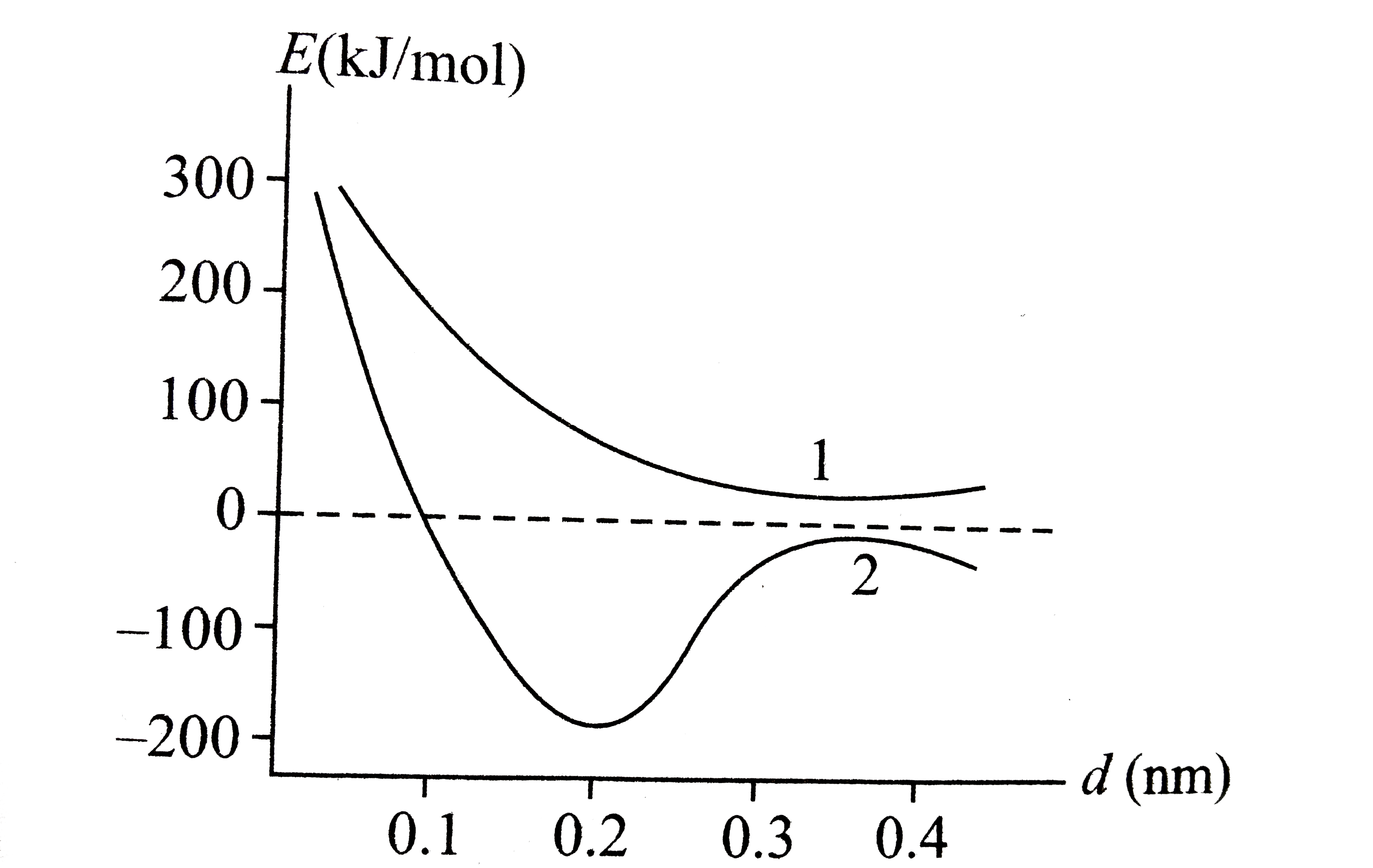Complete Solutions to Molecular Orbitial Theory of chapter CHEMICAL BONDING AND MOLECULAR STRUCTURE of Class 11 book with complete answers and questions
| Class 11 | CHEMISTRY |
| Chapter | CHEMICAL BONDING AND MOLECULAR STRUCTURE |
| A2Z | Molecular Orbitial Theory |
| Number Of Questions | 42 |
| Academic Year | 2023-24 |
A simplified applified of `MO` theory to the hypotheritical molecule `OF` would gives its bond order as:
View SolutionDuring the formation of a molecular orbital from atomic orbital , the electron density is :
View SolutionAccording to `MO` Thory
View SolutionIf z-axis is the molecular axis, then `pi-`molecular orbitals are formation by the formed by the overlap of
View SolutionBond order of `O_(2), O_(2)^(-), O_(2)^(+) and O_(2)^(2-)` is in order
View SolutionWhich of the following pairs have identical value of bond order?
View SolutionThe common feature of the species `N_(2)^(2-), O_(2)` and `NO^(-)` are
View SolutionWhich one of the following constitutes a group of the isoelectronic species ?
View SolutionIn the of the following pairs of molecules /ions both the species are not likely to exist?
View SolutionConsider the given figure showing the formation of `H_(2)^(+)` ion depending on intermuclear distance versus potential energy of the system.

View SolutionWhich of the following is paramagentic?
View Solution`N_(2) and O_(2)` are converted into monocations, `N_(2)^(+)` and `O_(2)^(+)` respectively. Which of the following is wrong?
View SolutionWhich of the following order is correct for the bond dissociation energy of `O_(2), O_(2), O_(2)^(-) and O_(2)^(2-)`?
View SolutionWhich of the following statement is incorrect?
View SolutionWhich of the following statement is incorrect?
View Solution`S_(1)`: The `HOMO in F_(2) is pi* 2p_(s) = pi*2p`, molecular orbitals
`S_(2)`: Bond order of `O_(2)` is more than `O_(2)^(+)`.
`S_(3):NO^(+)` is more stable than `N_(2)^(+)`
`S_(4):C_(2)` is more stable than `C_(2)^(+)`
State in order whether`S_(1), S_(2), S_(3), S_(4)` are true or false.
View SolutionThe nodal plane is the pi -bond of ethene is located in :
View SolutionAmong the following , the paramagnetic compound is :
View SolutionWhich of the following option with respect to increasing bond dissociation energies is correct?
View SolutionWrite the molecular orbital electron distribution of oxygen `(O_(2))` Specify its bond order and magnetic property
Fill in the blanks
When `N_(2) ` goes to `N_(2)^(o+)`, the `N-N` bond distance___ and when `O_(2)` goes to `O_(2)^(o+)` the `O-O` bond distance ____ .
View SolutionThe cyanide ion `CN and N_(2)` are isoelectronic, but in contrast to `CN^(-), N_(2)` is chemically inert, because of
View SolutionWhich of the following comnpounds is paramagnetic?
View SolutionThe number of antibonding electron pairs in `O_(2)^(2-)` molecular ion on the basic of molecular orbital theory is
View SolutionThe correct order of decreasing `C-O` bond length of (1) `CO,(II)CO_(3)^(2-) (III)CO_(2)` is .
View SolutionThe bond length the species `O_(2), O_(2)^(+) and O_(2)^(-)` are in the order of
View SolutionIn a matallic crystal the .
View SolutionThe common features among the species ` CN^- , CO ` and ` NO^+` are :
View SolutionThe nodal plane in the pi -bond of ethene is located in :
View SolutionWhich of the following is a zero overlap which leads to non-bonding?
View SolutionThe least stable ion among the following is
View SolutionWhich of the following molecular species has unpaired electrons(s) ? .
View SolutionAmong the following species, which has the minimum bond length?
View SolutionThe correct order of bond strength is :
View SolutionThe bond order in `NO` is `2 . 5`, while that in`NO^+` is 3 Which statement is true ?
View SolutionThe species having bond order differnet from that in `CO` is .
View SolutionWhich one of the following sepcies is diamagnetic in nature ?
View SolutionAssuming that Hund's rule is violated the bond order and magnetic nature of the diatomic molecle `B_(2)` is
View SolutionWhich of the following species exhibits the diamagnetic behaviour ?
View SolutionIn which of the following ionixation processes , the bond order has increased and the magnetic behaviour has changed ?
View SolutionWhich one of the following pairs of species have the same bond order ?
View SolutionAssuming `2s, 2p` mixing is NOT operative , the paramagnetic species among the following is
View SolutionStability of the species `Li_(2), Li_(2)^(-), Li_(2)^(+)` increases in the order of
View Solution
Molecular Orbitial Theory questions and complete solutions for chapter CHEMICAL BONDING AND MOLECULAR STRUCTURE of A2Z CHEMISTRY (HINGLISH) of Class 11
All Exercises from A2Z Class 11 CHEMISTRY CHEMICAL BONDING AND MOLECULAR STRUCTURE
- AIIMS Questions
- AIPMT/ NEET Questions
- Assertion - Reasoning Questions
- Bond Enthalpy, Bond Angle And Bond Length
- Dipole Moment
- Force Of Attraction
- Formal Charge, Resonance And Polarity Of Covalent Bond (Fajans Rule)
- Lattice Energy, Ionic, Covalent And Cordinate Bonds
- Molecular Orbitial Theory
- Section B - Assertion Reasoning
- Section D - Chapter End Test
- Valence Bond Theory (Vbt)
- Vsepr Theory And Hybridisation